How does a Whirlpool top-loading washing machine work?
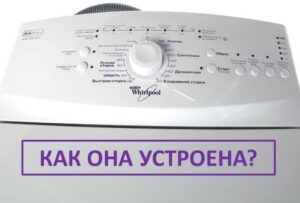 Under normal conditions, users do not need to understand how their washing machine or other household appliance works. Typically, the Whirlpool top-load washing machine needs to be known when the equipment has broken down and needs repair. If the owner of the “home assistant” knows the system well, then he can first check the main components and sensors with his own hands, and then fix the breakdown without calling a service center specialist. Basically, Whirlpool brand machines are similar, so these instructions are suitable for most modern models.
Under normal conditions, users do not need to understand how their washing machine or other household appliance works. Typically, the Whirlpool top-load washing machine needs to be known when the equipment has broken down and needs repair. If the owner of the “home assistant” knows the system well, then he can first check the main components and sensors with his own hands, and then fix the breakdown without calling a service center specialist. Basically, Whirlpool brand machines are similar, so these instructions are suitable for most modern models.
What is inside the machine body?
As part of getting acquainted with washing equipment with a vertical loading system, you need to know the list of components. After studying it, the user will be able to understand the relationship of key nodes and their approximate location. So, in every top-loading washing machine you can find quite a few parts.
- Electric motor.
- Tank.
- Metal drum with flap doors.
- Drainage pump.
- Branch pipes with rubber hoses.
- Drum pulley.
- Drive belt.
The last element can be found in devices without direct drive.
- Compartment for household chemicals, also known as a powder receptacle.
- A shock absorption system consisting of springs and vibration damping struts.
- Heating element for heating water.
- Drain filter.
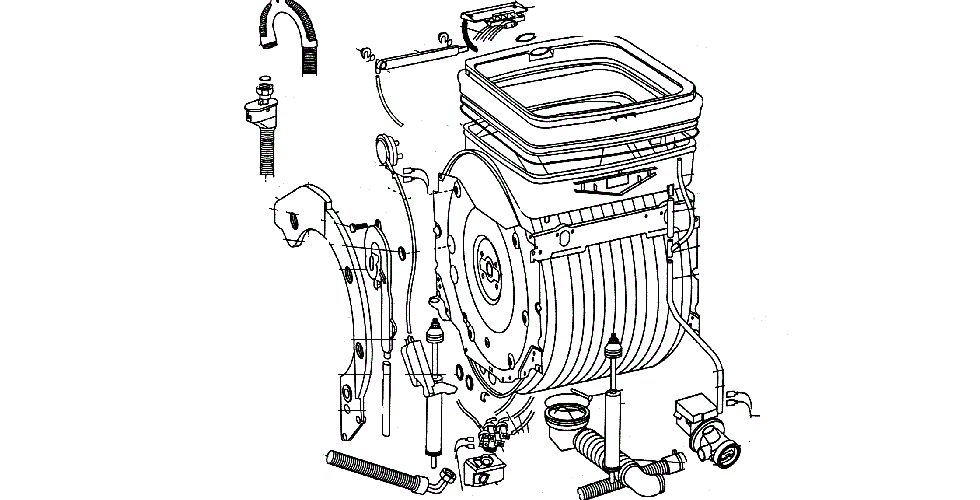
- Washer control module.
- Control Panel.
- Snail.
- Thermistor.
- Counterweights.
- Hatch locking device.
- Inlet valve.
- Rubber cuff.
- Water level sensor, also known as pressure switch.
Almost all of these parts are located inside a metal case.The instrument panel and hatch cover are mounted on top of the device, and blank panels can be seen on the sides. You can usually find an attached tray underneath the machine.
It will not be possible to check the functionality of the key components of the washing machine without understanding how they work and where they are installed. Therefore, we will analyze the system in detail in the following sections of the article.
Electronic filling
The most important thing in any modern control system is the control board, which controls the operation of all processes. If in old devices the performance of the system depended on mechanics, then in new devices everything is regulated by a control module. How do electronically controlled household appliances work?
- The housewife selects the work cycle, as well as its features, using the selector and keys on the control panel.
- The control module accepts the input data and runs the program with the selected settings.
- The necessary key components of the washing machine are activated.
- The cycle begins.
The control board activates the work of the “home assistant”, because it is she who receives and transmits information from the control panel to the key components of the system. Activating the device, drawing water, starting the electric motor, draining the waste liquid - each of the listed actions begins only after a command from the “brain” of the washing machine.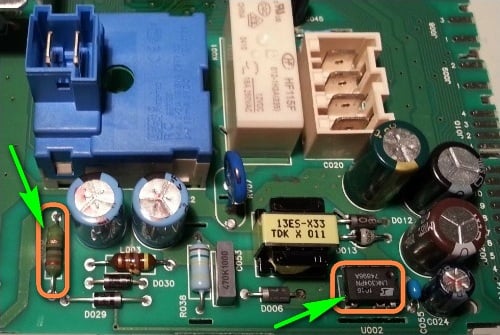
Afterwards, an electronic unit, consisting of sensors, contacts and triacs, controls the operation of the equipment, tracking all possible information from other elements. If the control module detects a failure or the slightest deviation, it will urgently stop the working cycle and notify the user about this by displaying the corresponding error code on the display.
Under no circumstances try to repair the control board yourself, as without experience, professional equipment and modern software, you can accidentally damage the part even more.
One of the most unpleasant failures of the SM is associated precisely with damage to the electronic unit, because if the control module fails, then the entire machine will not be able to work normally - it will either stop turning on or will freeze during operation and will not respond to user actions. At the same time, finding the source of the problem in this situation is very difficult, since failures can begin to occur not only in the event of critical damage to the entire module, but also if its individual elements, for example, tracks, fail.
In any case, regardless of the nature of the damage to the board, it loses control of the washing machine, therefore, as a precaution, it does not allow the system to start. It is rarely possible to cope with this problem on your own, which is why it is better to immediately call a specialist so that he can carry out high-quality diagnostics and subsequent repairs.
Main valve and sensor
Now let’s pay attention to another important system – the filling system. It includes a pressure switch, hoses, plus an inlet valve. The collection of water for the working cycle usually begins immediately after the housewife initiates the start of the wash by pressing the “Start/Pause” key. How exactly is the drum filled?
- The control module receives a signal that it needs to draw water for washing.
- The water level sensor measures the pressure in the tank and transmits information about the current water level.
- The board receives information about an empty tank and transmits a command to fill the liquid.
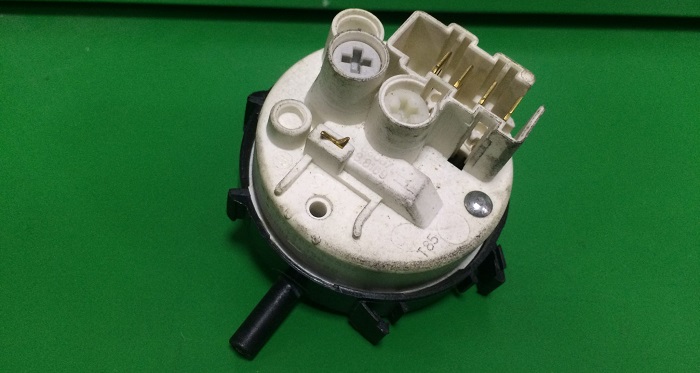
- The system applies voltage to the intake valve, the membrane is activated and the damper opens.
- Water from the water supply begins to flow into the tank through the inlet hose.
- Next, the water level sensor uses a long tube lowered into the tank to measure the current pressure.
- It is this part that controls the volume of water - as soon as the required water level is reached, the pressure switch will transmit the corresponding signal to the control module.
- The “brain” of the washer will stop the voltage on the inlet valve.
- The inlet valve diaphragm will close again and water will stop flowing into the system.
Thus, each element of the filling system always works as a well-coordinated team, which is checked by a pressure switch. Due to the control of the water level sensor, the tank is always filled to the required level, preventing underfilling and overfilling.
What makes the drum spin?
If the “brain” of the system is called the electronic board, then the “heart” is the electric motor. The engine starts the drum shaft, which rotates the cylinder at the required revolutions per minute. A tachogenerator attached to the engine is responsible for controlling the number of revolutions. If not for this small element, then the cylinder would rotate chaotically and could suddenly change the direction of rotation.
The driving force in the system is an electric motor. New top-load washing machines have inverter motors connected directly to the drum shaft without a drive belt. Such a connection is much more reliable, safer and more efficient, because in this case there are no “intermediaries” in the node.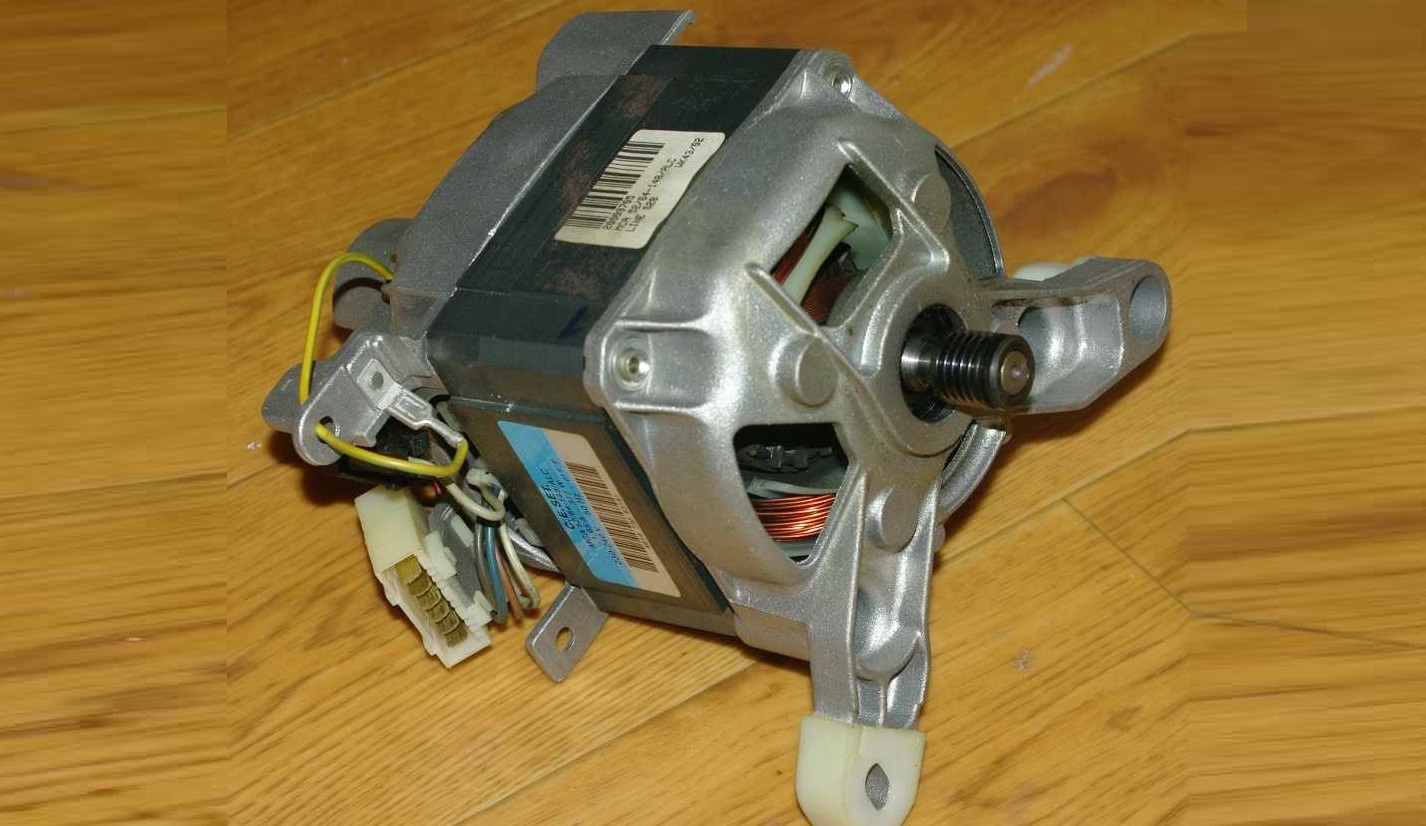
But sometimes in modern equipment with a vertical loading type you can find commutator motors.In this situation, the impulse from the engine goes to the drum using a drive belt, which is thrown over the pulleys. This design is much cheaper, but at the same time it is less reliable, since the belt often falls off the pulleys, breaks and becomes deformed over time. In addition, it is worth remembering about electric brushes, because during operation they gradually wear off on the motor housing, and therefore they need to be carefully monitored and replaced if worn.
What heats cold water?
Just like on front-loading machines, in vertical-loading equipment the water is heated by a tubular electric heater. The housewife only needs to select the program and heating temperature, then the control module will receive this data and then transmit it to the heating element. The heater will receive a signal, and after drawing water it will begin to heat the liquid.
It is not recommended to use the washing machine three times in a row, choosing cycles with strong water heating - this may cause the heating element to burn out.
In addition to the water heater, there is also a thermistor - a special temperature sensor that monitors the temperature of the liquid in the system. This part looks like a small metal tube that is located in the tubular electric heater itself. As soon as the water temperature reaches the required value, the thermistor will report this to the control board, which will stop the heater.
Why shock absorbers and concrete blocks?
Owners of washing equipment have probably noticed that their equipment vibrates strongly during spinning. The vibration could be even stronger if the shock absorbers inside the housing did not dampen the centrifugal force that occurs during excessive spin of the drum. It is the shock absorbers that weaken the outgoing vibration, preventing the washing machine from bouncing during operation and damaging the floor covering, walls and surrounding objects. What exactly makes a Whirlpool washing machine stable?
- Dampers are vibration dampers with a built-in spring that connects the washing tank and the SM body.
- Springs on which the tank is suspended not only from above, but also from the side.
- Counterweights, which look like concrete blocks attached to the bottom or side of the device, weigh down the appliance, keeping it in place.
As a result, the shock-absorbing system takes on all the increased vibration, so over time it fails instead of other key components of the system that would not cope with the loads. Constant vibration loosens the concrete counterweights, stretches the spring and wears out the dampers.
This happens even faster if the washing machine was installed incorrectly, or if its service life is coming to an end. If this is the case, then you need to correctly place the equipment, leveling it to the building level, tighten the fixing bolts, and also replace old elements of the shock absorption system that have become deformed or failed over time.
Elastic band and locking mechanism
Any top-loading machine has not only a mechanical, but also an electric locking mechanism. The mechanical one is activated during normal closing of the door, at the moment when the lock tongue falls into the groove. The electrical part of the system operates automatically as soon as the user activates the operating cycle.This occurs due to the hatch blocking device - it is the UBL that does not allow the door to be opened during washing, which would cause water to drain from the drum through the hatch.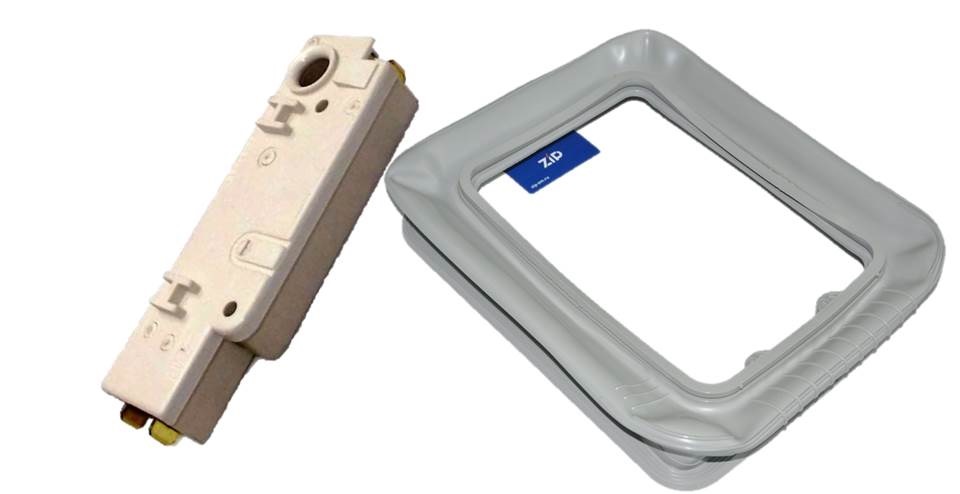
As for the tightness of the drum, a rubber cuff, which is located along all edges of the cylinder, is responsible for it. This rubber seal tightly closes the gap between the drum and the SM body, completely blocking water leaks. Therefore, if the rubber seal is damaged, do not even try to start the machine, otherwise the liquid will begin to flow out through the deformed areas of the rubber, heavily flooding your floor covering.
What pumps dirty water out of the machine tank?
After successful operation, any washing machine must drain the used liquid. For this purpose, it has pipes, hoses, a pump, and a drainage filter. The main thing on this list is the pump, because thanks to it, water leaves the system into the sewer. Modern pumps come in two types:
- synchronous;
- asynchronous.
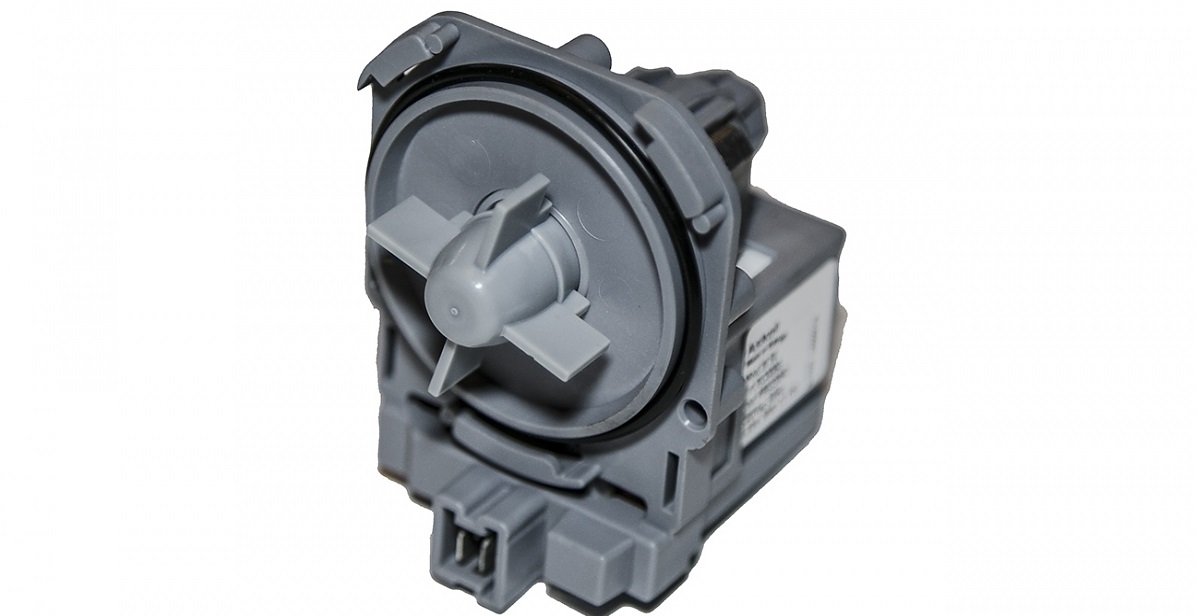
Regardless of the type, pumps are designed in the same way. They are activated by a small electric motor, which accelerates and begins to spin the impeller, giving the water the required trajectory. The pump is fixed on the volute, plus a drainage hose is connected to it along with pipes so that water goes through them into the drain.
Be sure to keep an eye on the garbage filter - it protects household appliances from being clogged with debris.
Failures rarely occur in the drainage system, especially due to damage to the pump. Most often, the user may experience problems with water drainage due to clogged hoses and the drain filter, in which dirt and foreign objects regularly remain.Therefore, it is necessary to thoroughly clean the drain system from time to time, and also remember to remove small items such as coins, buttons and paper clips from clothing pockets.
The largest unit of the machine
The tank is considered an extremely important part of the SM. In this sealed plastic reservoir, water from the tap is mixed with detergent, and then redirected to the drum. On top-loading washing machines, the tank is installed with the hole facing up, and on front-loading systems, it is installed forward.
The drum can hold from 3.5 to 15 kilograms of laundry, which depends on the specific model of the “home assistant”.
The drum itself is made of stainless steel so that during active use it does not deform due to constant contact with water. First, laundry is loaded into it, and then it is spun to the required speed using an electric motor. The drum itself is smaller than a tank, it has perforated walls and plastic fins - special blades that mix things and foam household chemicals during operation.
Dispenser and hoses
Finally, any washing is impossible without a special detergent, for which a powder receptacle has been prepared in the technique. This plastic dispenser is usually divided into several segments - for pre-wash and main wash, as well as for conditioner and bleach. All chemicals are taken from the compartments at the right time, when they are needed for the current stage of the work cycle. That’s why it’s so important to add each product to the correct section of the tray.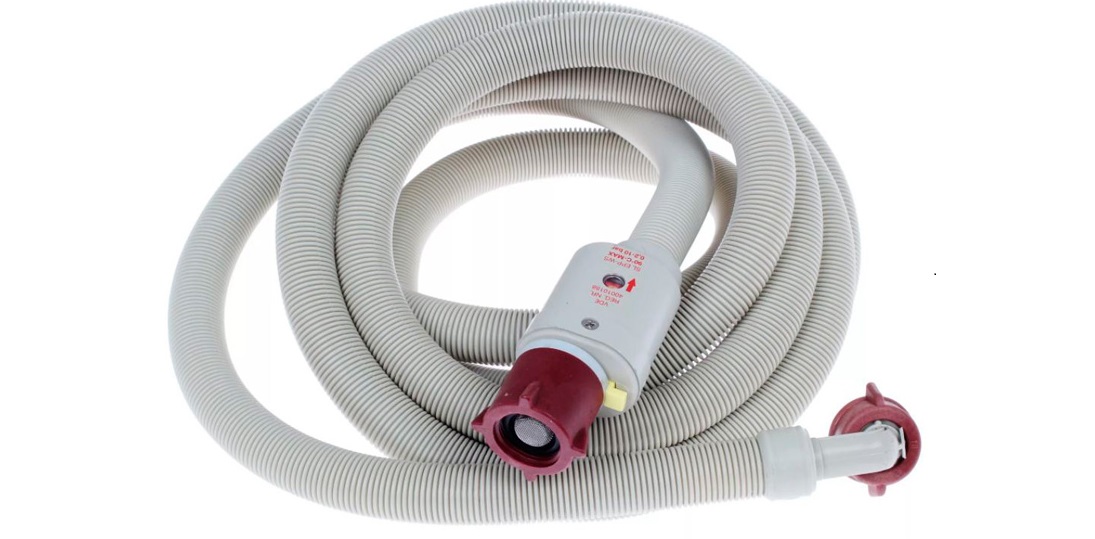
You also need to take into account the system of pipes through which water first enters the drum from the water supply and then goes into the drain, which is vaguely reminiscent of blood vessels in the human body.Finally, let's mention the inlet and drain hoses, which are necessary for water to enter the device and pump it out of the tank.
Interesting:
Reader comments
- Share your opinion - leave a comment

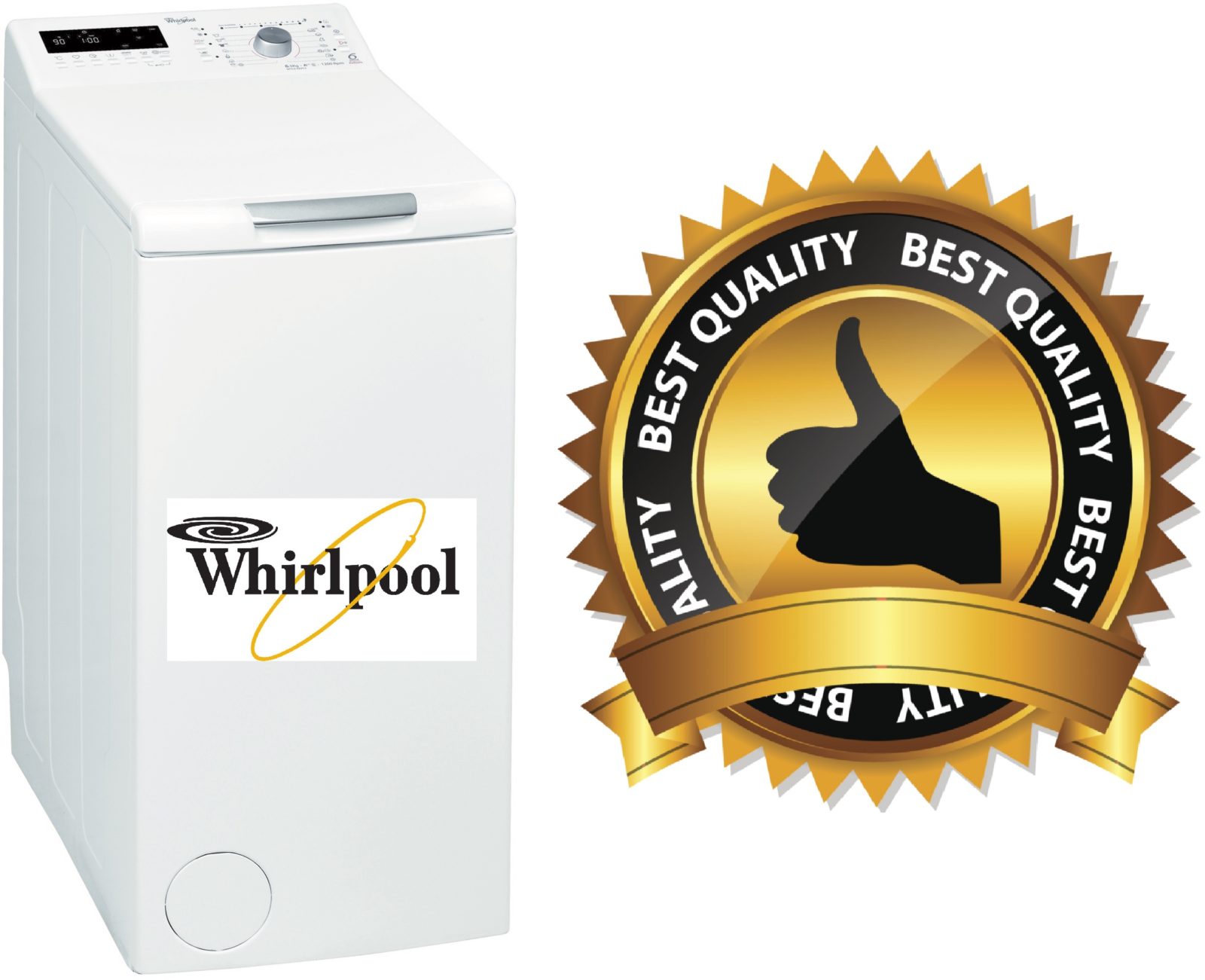
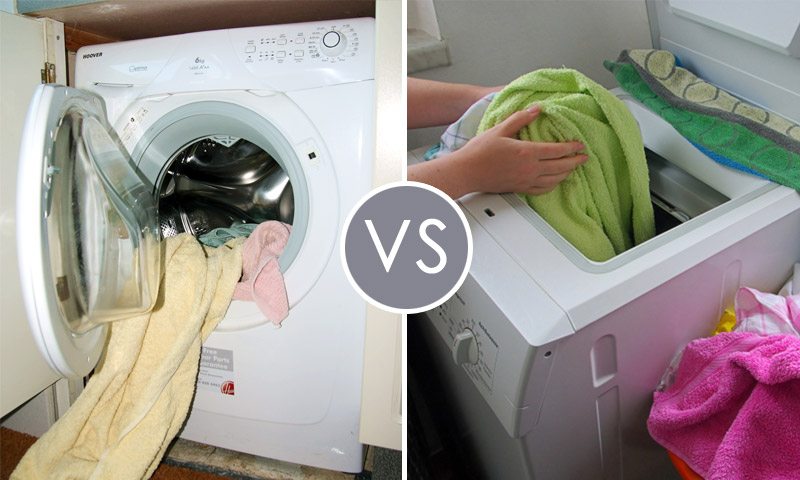
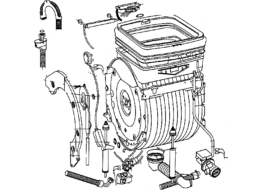
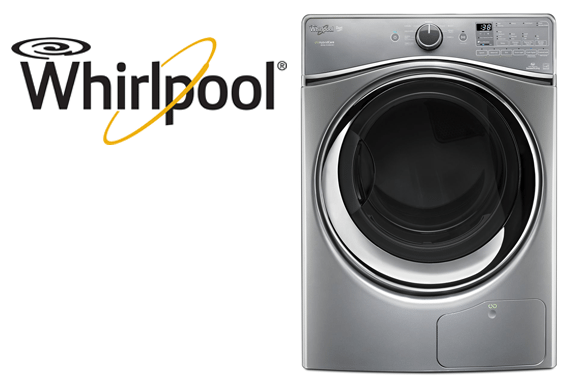
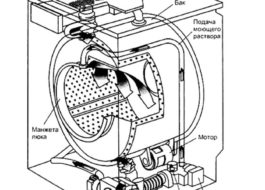















Add a comment